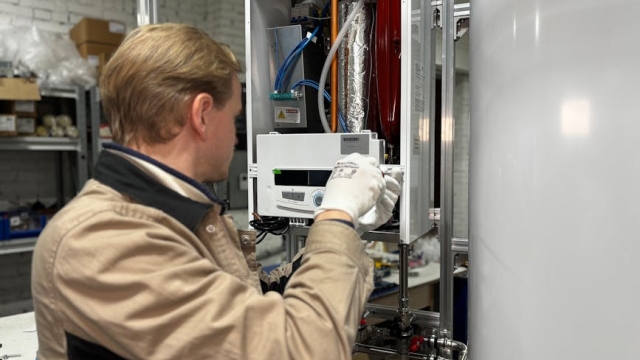Custom pool tiles offer an exceptional way to enhance the aesthetic appeal and functionality of swimming pools. They allow homeowners to express their unique style while also providing practical benefits such as improved safety and durability. Whether you’re looking to create a stunning visual centerpiece or simply want to refresh the look of your pool, custom pool tiles can be a perfect solution. In this article, we will explore the various types of materials and designs available, the installation process, and tips for maintaining and repairing your tiles to ensure they remain beautiful for years to come.
Types of Custom Pool Tiles: Materials and Designs
When it comes to custom pool tiles, the variety of materials and designs can cater to a wide range of tastes and budgets. Common materials include ceramic, glass, stone, and porcelain, each offering distinct characteristics and benefits.
Ceramic Tiles: These are a popular choice due to their affordability and versatility. They are available in numerous colors and patterns, allowing for endless design possibilities. Ceramic tiles are also easy to clean, making them a practical option for pool environments.Glass Tiles: Known for their stunning visual appeal, glass tiles reflect light beautifully and can create a shimmering effect in the water. They come in a variety of colors and finishes, and while they may be more costly than other materials, their durability and elegance often justify the investment.Stone Tiles: For a natural and organic look, stone tiles are an excellent choice. Available in materials such as slate, marble, and travertine, these tiles add a touch of luxury to any pool area. They are durable and slip-resistant, providing both beauty and safety.Porcelain Tiles: These tiles are known for their strength and resistance to water absorption, making them an excellent option for pools. Porcelain tiles come in various designs, including those that mimic the appearance of natural stone or wood, giving homeowners creative flexibility.
In addition to the materials, the design of custom pool tiles can range from simple, monochromatic patterns to intricate mosaics that tell a story or reflect personal interests. You can create borders, accents, or even full mural designs that transform the pool into a work of art.
The Process of Custom Pool Tile Installation
Installing custom pool tiles is a meticulous process that requires careful planning and skilled labor. It is essential to hire local professionals who understand the specific requirements of pool installations in Maryland and Virginia. They will ensure that the tiles are installed correctly to withstand the pool environment, including exposure to water and chemicals.
The installation process typically begins with preparing the pool surface. This may involve cleaning, leveling, and repairing any damage. Once the surface is ready, professionals will apply adhesive to secure the tiles in place. They will carefully position each tile, ensuring proper alignment and spacing.
After the tiles are installed, grout is applied to fill the gaps between them. This step is crucial for maintaining the integrity of the installation and preventing water from seeping underneath the tiles. Finally, the grout needs to cure properly before the pool can be filled with water, which can take several days. Hiring experienced installers is vital to achieving a flawless finish.
Maintenance and Repair of Custom Pool Tiles
- Regular Cleaning: Use a gentle cleaner specifically designed for pool tiles to avoid damage. Regular brushing can help remove dirt and algae buildup.
- Inspect for Damage: Periodically check for cracked or loose tiles. Address any damage promptly to prevent further issues.
- Grout Maintenance: Ensure the grout remains intact and free from cracks. Re-grouting may be necessary over time to maintain a watertight seal.
- Professional Repairs: For significant damage or wear, consult with professionals who specialize in custom pool tiles for repairs. They have the expertise to ensure that repairs blend seamlessly with the existing tiles.
Custom pool tiles can significantly enhance the beauty and functionality of your pool. By understanding the various types available, the installation process, and how to maintain them, you can create a stunning pool environment that lasts for years. For those looking to explore options related to custom pool tiles, consider reaching out to local experts who can guide you through the selection and installation process.
For more information on custom pool tiles, visit this link.



















